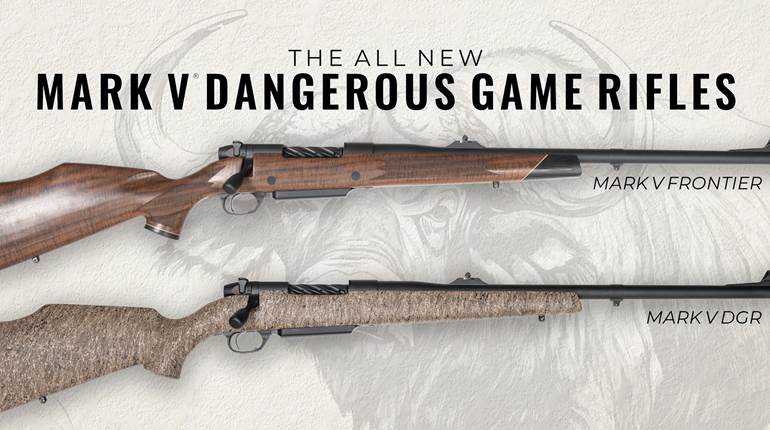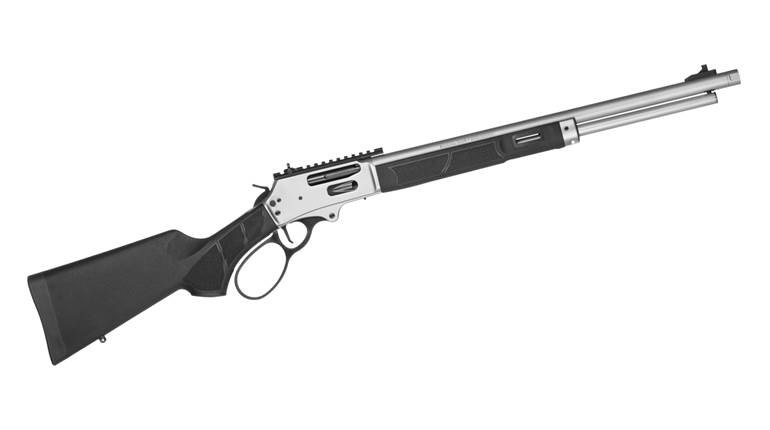During the Cold War, many nations developed domestically sourced sniping rifles, and many of those rifles were based on pre-World War II designs. One nation that reconfigured a previously used bolt-action service rifle to meet the needs of precision marksmen was France, and the result was the FRF2 sniper rifle. Watch our "American Rifleman Television" I Have This Old Gun segment above to see the FRF2 in action on the range.
"At the end of World War II, the French were not particularly involved in the sniper-rifle business," American Rifleman Field Editor Garry James said. "They had some MAS-36s that they put some scopes on and some other bits and pieces. But it wasn't until 1966 that they decided they needed their own indigenous sniper rifle."

The first design, the FRF1, was largely inspired by, and built off, existing MAS-36 rifle actions, albeit heavily modified to accommodate a mounted optic and a free-floated barrel. One thing that didn't change, though, was the gun's original chambering of 7.5x54 mm (French).
"When France joins NATO, they need to standardize with the NATO cartridge," American Rifleman Executive Editor Evan Brune said. "And that means that the platform, their sniping platform, needs to be chambered in 7.62 NATO. So the FRF2 is developed as late as 1986, if you can believe it, to be the standard sniper rifle."

Despite the chambering change, the FRF2 shared many similarities to the earlier FRF1, down to the polymer barrel shroud, wood stock, pistol grip, flash hider and proprietary optics-mounting system.
"It's not like an Accuracy International. It's not like the M40, you know, A1 through A5. It's not like the M24 from the U.S. military," NRA Publications Editorial Director Mark Keefe said. "It's just a gun that does not turn up very often. That said, it's not only a gun that was used in the War on Terror, but it's kind of a vestige from the Cold War."
Despite its somewhat dated design, the French military used these rifles well into the 21st century.

"It's a pretty traditionally styled bolt-action rifle with a wood stock," Brune said. "I mean, it's got a cheek riser, it's got a pistol grip, but functionally, it's still the MAS-36 from pre-World War II. And the French used this rifle as their standard sniping platform until August of 2018 when it's replaced by the SCAR H."
Following its retirement from frontline French military service, many of these rifles have been imported exclusively through Navy Arms.
"The French FRF2 has suddenly burst onto the scene, so to speak, through the efforts of Val Forgett of Navy Arms of West Virginia, who has been able to import a number of them into this country," NRA Firearms Museum Director Philip Schreier said. "These are sniper rifles that the French Army has been using since the mid-'60s. And, well, frankly, I guess it's a good thing that they haven't really had that much use. With the exception of France's involvement in the Gulf, these guns haven't seen a lot of service."

As a result, despite being issued military arms, most of the guns are in remarkably good condition and still have strong, tight actions and sharply rifled barrels. Given their chambering in 7.62 NATO rather than some of the more esoteric French military chamberings from earlier in the 20th century, these are guns that can be easily taken to the range.
"They shoot very well. It's got enough barrel on it that, you know, when you take it out, you know, 400 or 500 hundred yards, yeah, this gun will shoot," Keefe said. "It will absolutely shoot."
To watch complete segments of past episodes of American Rifleman TV, go to americanrifleman.org/artv. For all-new episodes of ARTV, tune in Wednesday nights to Outdoor Channel 8:30 p.m. and 11:30 p.m. EST.

























